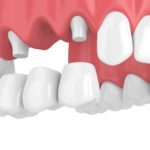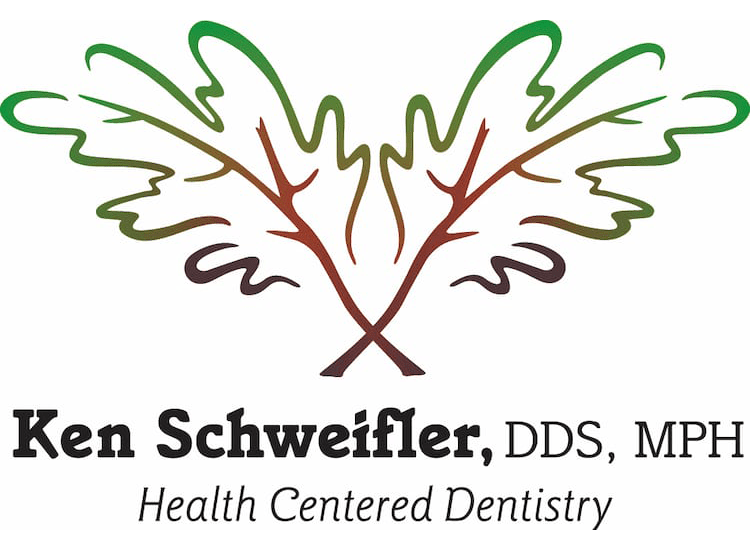Losing a tooth can significantly disrupt your life. If you lose several teeth, you might see an even greater impact on your oral function and the appearance of your smile. Your dentist can recommend a few different options to replace your missing teeth and restore and enhance your smile.
If you want to replace three or more missing teeth in a row, your dentist may suggest that you receive a dental bridge. But there are different kinds of bridges that can help you in several ways. Read on to learn about three types of dental bridges that your dentist might recommend to restore your smile after tooth loss.

Partial Removable Dentures
Some patients seek an oral appliance that they can take out of their mouth when not needed to replace their missing teeth. Dentists can construct customized partial dentures for these individuals.
These devices feature several prosthetic teeth attached to an acrylic base with a metal framework. The frame connects with your remaining teeth to support the dentures and ensure they stay in place.
This way, you can smile with confidence and with a reduced chance of slippage. Though this is an affordable tooth replacement option, patients should note that removable dentures need maintenance beyond the usual oral hygiene routine. They will likely need replacement every five years or so.
Traditional Fixed Dental Bridges
The traditional dental bridge is a fixed oral appliance, meaning a patient cannot remove the device on their own. A dentist will secure the bridge into place within two sessions.
First, the dentist will prepare the adjacent teeth, or abutment teeth, beside the gap the bridge will fill. This involves shaving a minute amount of enamel from the teeth to make room for the bridge prosthetic. The dentist then takes an impression of the patient’s smile so that they can build the custom dental bridge.
When it is ready, the patient returns to the dentist’s office to have the bridge attached. They place the crowns at each end of the bridge over the abutment teeth and secure them with dental cement. The appliance then stays in place for fifteen years with proper care.
Patients will appreciate that they can perform less everyday maintenance for this device. They will also not have to worry about the bridge slipping out of place at an inopportune moment.
Implant-Supported Dental Bridges
The type of bridge that offers the most comprehensive restorative benefits is the implant-supported bridge. This is another fixed dental bridge that utilizes titanium post anchors that a dentist surgically places into the patient’s jaw. It uses two anchors: one for each end of the bridge prosthetic.
The anchors fuse to the jawbone for optimal support of the bridge. This may take a few months to heal, but the patient can feel confident in the security and effectiveness of this tooth replacement. The anchors also preserve the jaw, teeth, and facial structure, which treatments that only replace teeth above the gumline cannot accomplish.
